
LANL News Release (11/26/19)
CINT scientist Jennifer Hollingsworth is being honored as a Fellow in the American Association for the Advancement of Science (AAAS) for her work in materials chemistry. She is being honored specifically for her discovery and development of non-blinking giant quantum dots, spanning pioneering contributions to materials chemistry, photophysics of excited-state processes in nanomaterials and applications in optoelectronics.

LANL Facebook (10/31/19) These tiny zinc oxide rods were created in a water bath and are seen up close through a scanning electron microscope. The rods, which look like miniature popsicles, came about by accident: the researchers were aiming for T-shaped
nanostructures but due to a lack of sodium citrate during synthesis, they instead made popsicle-shaped structures!
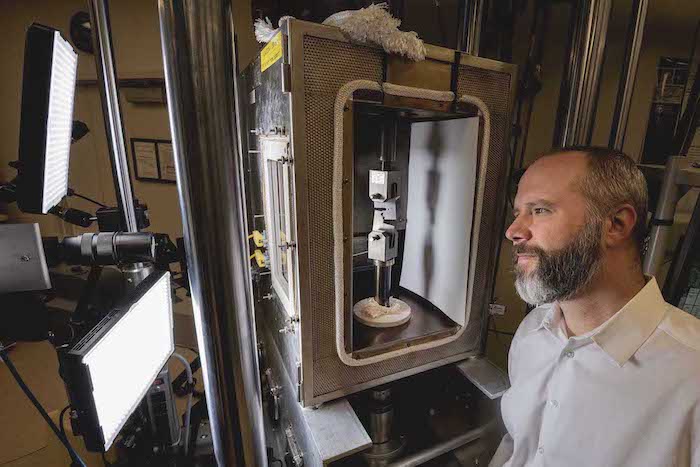
Sandia Labs News Release (10/16/19)
CINT scientist Brad Boyce, working with colleagues at Sandia National Laboratories, organized several challenges for researchers working to improve predictions for fractures in ductile metals. The third Sandia Fracture Challenge presented this challenge: Given the same basic information about the shape, composition, and loading of a metal part, could they predict how it would eventually fracture?
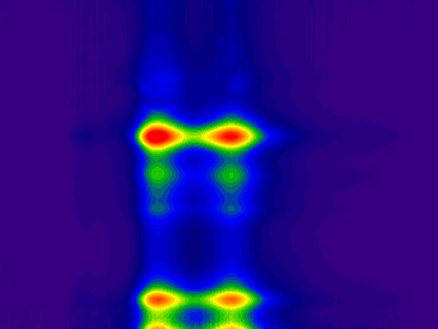
UMD CMNS News & Events (10/16/19)
A UMD-led team, in collaboration with CINT scientists, chemically engineered carbon nanotubes to synthesize and trap trions—quasi-particles potentially useful in bioimaging, chemical sensing and quantum computing. The research makes it possible to manipulate trions and study their fundamental properties.

Phys.org (08/15/19)
New research published in Nature Physics by CINT staff and collaborators investigates high-harmonic generation arising from a low-loss, indium-doped cadmium oxide thin film, which was attained by leveraging the material’s epsilon-near-zero (ENZ) effect. Under the right conditions, the optical fields inside ENZ thin films are significantly enhanced. These films are of growing interest to researchers as they could allow the observation of some of the fastest events in nature in an easier, less expensive, and possibly more detailed way.
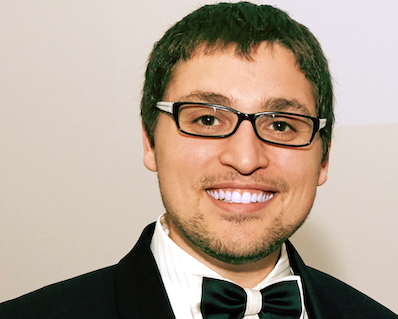
Sandia Labs News Release (08/01/19)
CINT user Salvatore Campione received the Presidential Early Career Award for Scientists and Engineers (PECASE) for 2019. Salvatore was honored “For pioneering work in metamaterial and nanophotonic design, capability development in accurately predicting electromagnetic-pulse consequences on the U.S. power grid, and for excellence in engaging with the external scientific community and mentoring junior staff.”

Opto-Electronic Journals (07/24/19)
CINT scientists, users, and colleagues won one of Opto-Electronic Advances 2018-2019 Best Paper Awards for their paper “Nonlinear frequency conversion in optical nanoantennas and metasurfaces: Materials evolution and fabrication” (vol. 1, p. 180021, 2018)
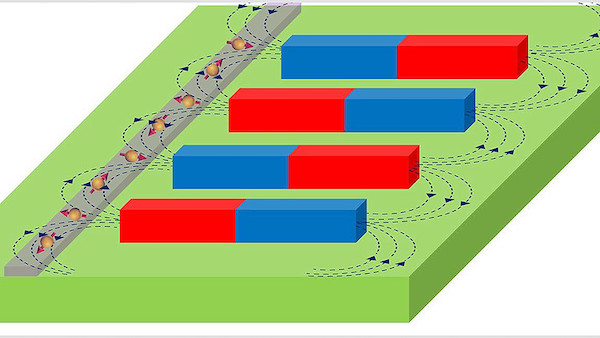
AIP Scilight (07/05/19)
Simple-to-program nanoscale magnetic fields have applications in nanoscale magnetic resonance imaging, nanoparticle manipulation and the engineering of Majorana fermions—particles with potential in quantum computing. Hosting Majorana fermions in a material requires a nanoscale magnetic field to be in one dimension (1D) and spatially rotating. CINT scientists and collaborators have demonstrated a new method for creating this sort of magnetic field.
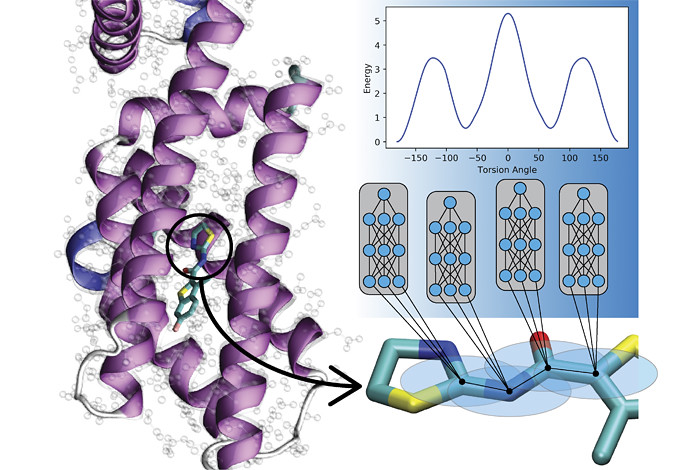
LANL News Release (07/02/19)
News Wise (07/02/2019)
New work from CINT scientists and collaborators is showing that artificial neural nets can be trained to encode quantum mechanical laws to describe the motions of molecules, supercharging simulations potentially across a broad range of fields. The new technique promises to advance the capabilities of researchers in many fields and improve the accuracy of machine learning-based potentials in future studies of metal alloys and detonation physics.
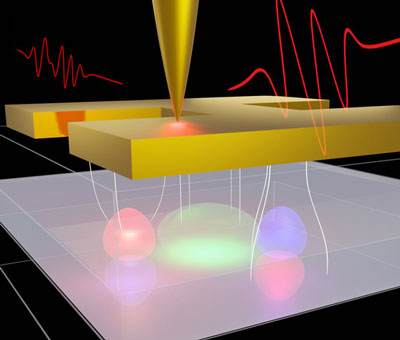
Nanowerk (06/18/19)
CINT user Oleg Mitrofanov describes his latest research at CINT working with a number of CINT staff: "Our latest work demonstrates that it is possible to study polaritons in a single isolated nanoantenna. By probing evanescent fields on the nanoantenna surface, we observed a signature of polaritons formed underneath the antenna surface."
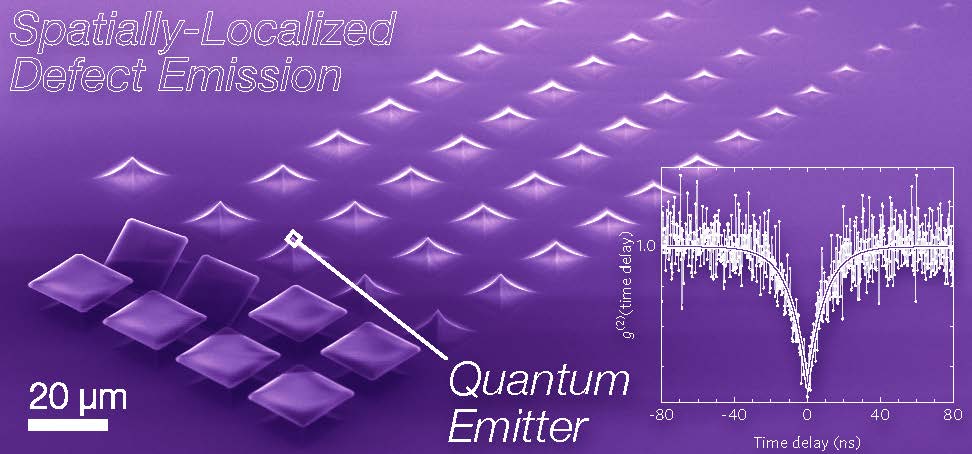
LANL News Release (07/02/19)
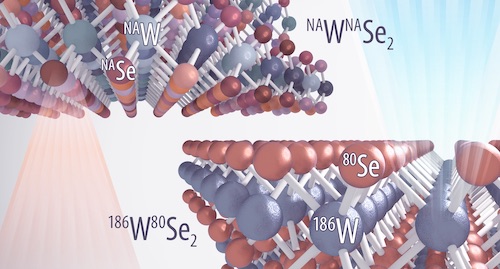
MRS Bulletin (05/24/19)
Recent work by CINT scientists and collaborators has continued to gain media attention. Their work is the first-ever demonstration of isotopic purification in a 2D TMD, showing changes in the electronic band structure as well as an unexpected change in the light emission spectra.
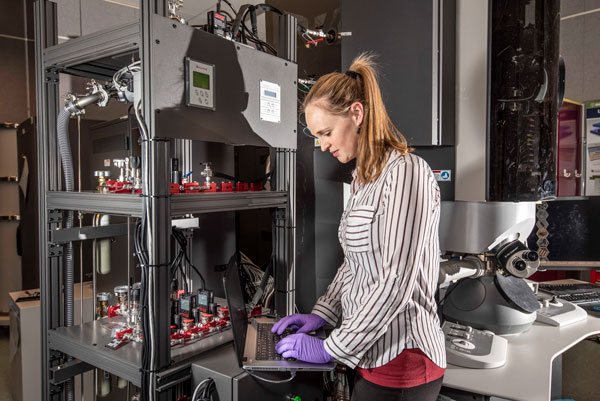
Sandia LabNews (05/23/19)
Scienmag (06/06/2019)
ScienceDaily (06/06/2019)
World Industrial Reporter (06/07/2019)
Environment News Service (06/07/2019)
The Chemical Engineer (07/17/2019)
Albuquerque Journal (08/12/2019)
Researchers at Sandia, CINT, and the Aramco Research Center in Boston have found that a particular form of nanoscale corrosion can cause variations in material longevity that unpredictably decrease the working life of steel pipes, according to a recent paper in Nature’s Materials Degradation journal.
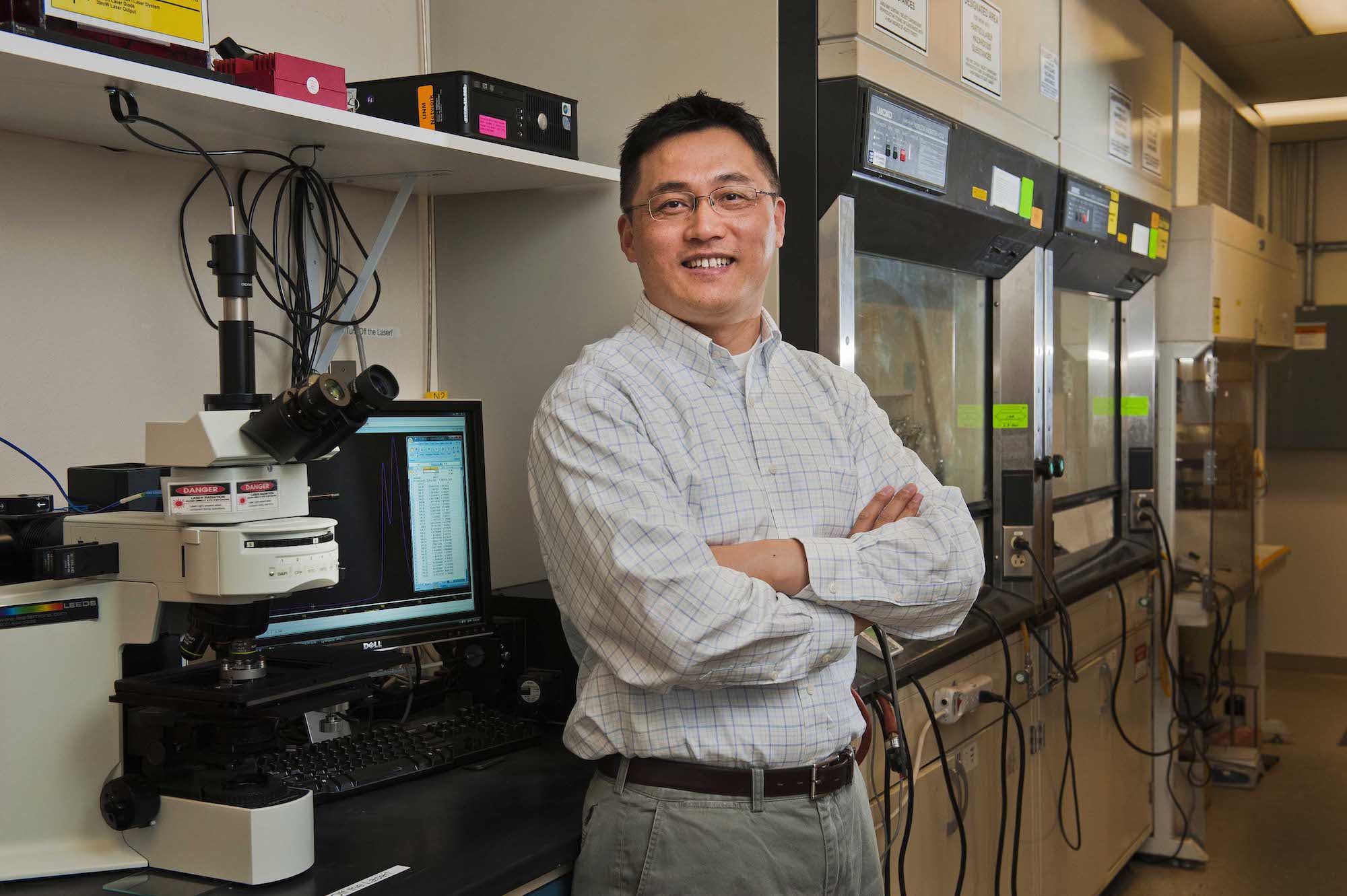
Sandia Labs News Release (04/17/19)
CINT affiliate scientist Hongyou Fan is the sole recipient of this year's Mid-Career Researcher Award from the Materials Research Society, the largest materials society in the United States. The distinction is given midway in a researcher's career for exceptional achievements in materials research and for notable leadership in the field. Hongyou was chosen for "outstanding contributions in nanoparticle self-assembly of functional nanomaterials.

LANL Science Brief (04/08/19)
CINT scientists and collaborators were the first to grow an isotopically pure and highly uniform TMD material only six atoms thick. They compared this to an otherwise identical film of naturally abundant TMD, which has several different isotopes within the material. Along with characterizing the electronic band structure and vibrational spectra, the team found a surprisingly large effect in light emission, which is not predicted by current theoretical models.

CINT Scientist Sergei Tretiak honored as Fellow of the Royal Society of Chemistry
Sergei Tretiak is being inducted as a Fellow of the Royal Society of Chemistry (RSC).The RSC Fellows program recognizes scientists for their outstanding achievements in and contributions to chemical sciences, the profession and the Society. The lifelong designation recognizes RSC members for their excellence in scientific leadership and their impact in the field.

LANL News Release (03/05/19)
A new tungsten-based alloy developed at Los Alamos National Laboratory, in part at CINT, can withstand unprecedented amounts of radiation without damage. Essential for extreme irradiation environments, previously explored materials have thus far been hobbled by weakness against fracture, but this new alloy seems to defeat that problem.

American Physical Society (02/26/19)
Jian-Xin Zhu has been selected by The American Physical Society (APS) as one of the Outstanding Referees for 2019. These referees have demonstrated exceptional work in the assessment of manuscripts published in the Physical Review journals.
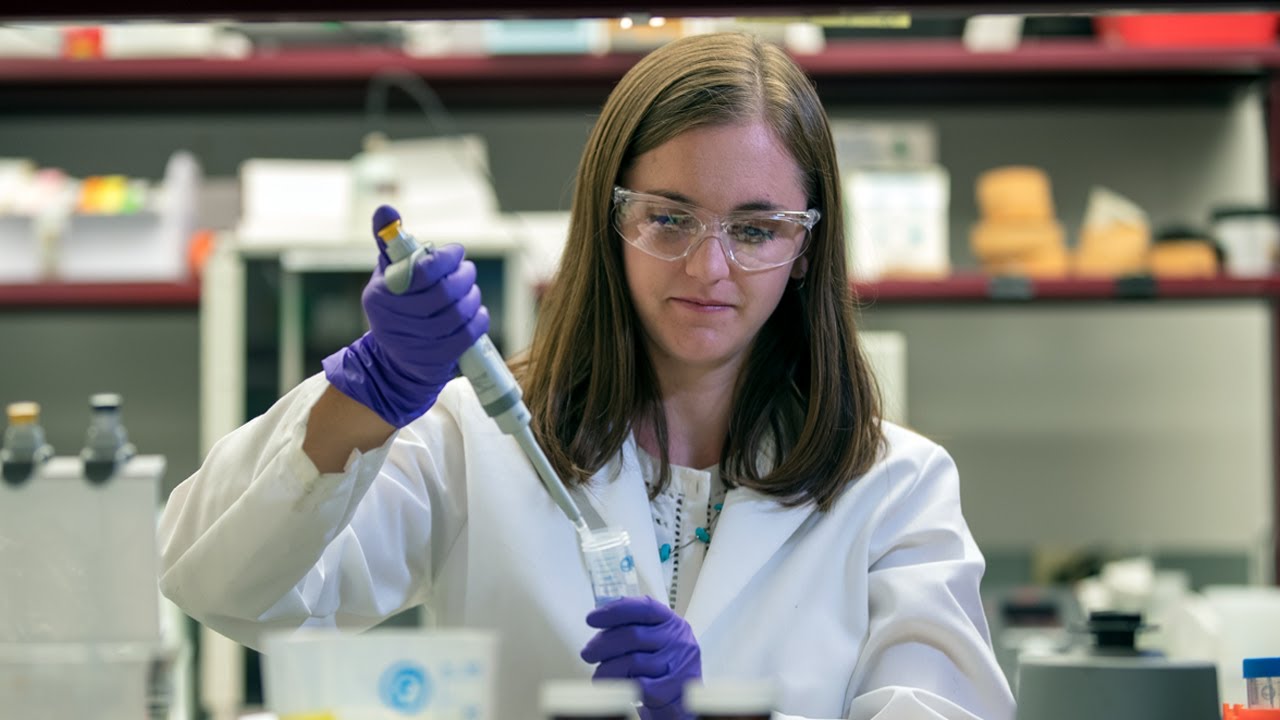
Santa Fe New Mexican (02/16/19)
As part of her L’Oréal fellowship, CINT postdoc Stacy Copp works as a mentor for undergraduate students and has developed classroom science programs she hopes to bring to Albuquerque Public Schools. "Scientists should be bold and decide they are going to give everybody a chance on research," she said. "It is really important that we bring a diverse set of voices to science."

BES Science Highlight (02/11/19)
By implanting silicon ions in diamond with extreme precision and then controlling the strain on the crystal structure, CINT scientists and collaborators showed that they could significantly increase the spin lifetimes of solid-state quantum bits. This is of fundamental importance to quantum mechanics and quantum computing.
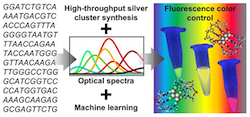
Advances in Engineering (02/02/19)
A team of researchers from CINT, the University at Albany – SUNY, and University of California Santa Barbara carried out an investigation on the genomic role of DNA sequence for fluorescent silver clusters using a data-driven approach. They sought to engineer DNA templates so as to control the morphology, and thereby the fluorescence color, of clusters of 10-20 silver atoms. Their work was published in ACS Nano.

Phys.org (01/21/19)
Asian Scientist (01/22/19)
A breakthrough in the speed and efficiency of spintronics has been achieved by a team of scientists from Singapore in collaboration with CINT. They have shown that an ultrashort pulse of spin current, lasting less than a picosecond (one trillionth of a second), can be injected from a metal to a semiconductor with amazing efficiency, breaking the previous spin injection record by over 10000 times.
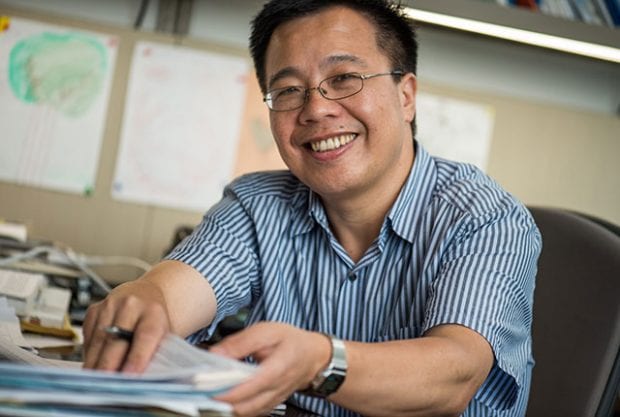
Rice University News & Media (01/16/19)
Photonics Online
(01/16/19) A CINT user project involving theoretical physicists from Rice University and CINT demonstrates a new design principle for tuning quantum materials to achieve unconventional superconductivity at higher temperatures. The team has been investigating unusual patterns of superconductivity that have previously been reported in iron selenide. They show how nematicity, an unusual electronic order, can boost the chances that superconductivity will arise from electron-pairing in specific orbitals.